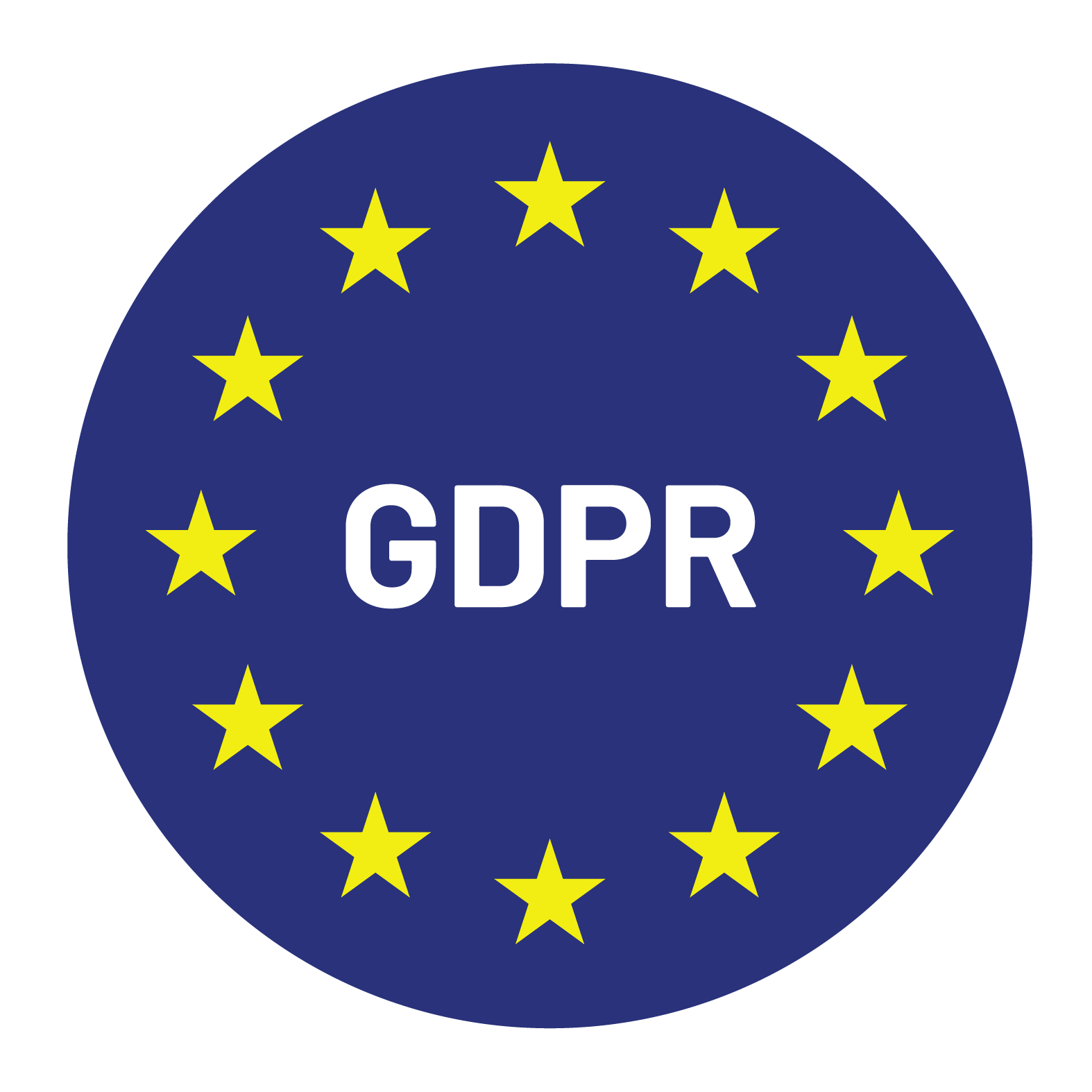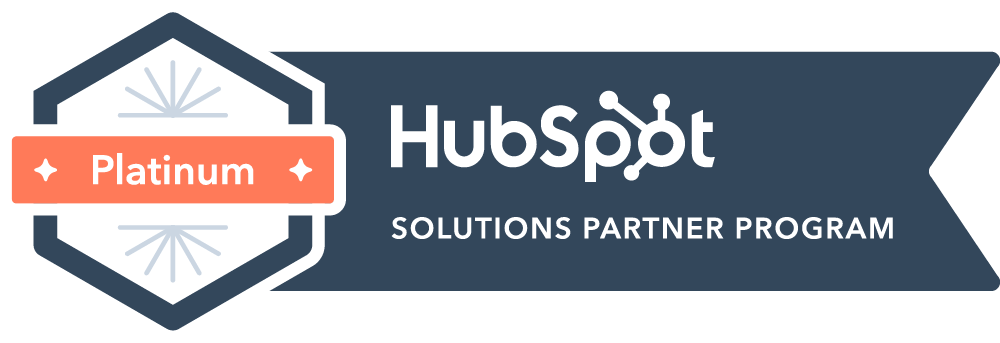

Content Writer for Whistle with multidisciplinary experience spanning over a decade.
B2B SaaS companies are operating in an environment where acquiring customers is costly, sales cycles are lengthy, and standing out in the market requires precision. It is not enough to generate interest at the top of the funnel and hope it converts. A single missed step in your marketing and sales process can turn what appears to be a promising pipeline into stalled deals and wasted resources.
Demand generation offers a way to bring order and intent to growth efforts. It is about creating sustained interest in your product, engaging the right buyers at the right time, and ensuring that interest translates into revenue. Unlike lead generation, which often focuses on volume, demand generation is designed to align marketing investment directly with pipeline creation and closed sales.
The seven steps below will help you build a demand generation system that is both strategic and actionable. Each step addresses the structural foundations and day-to-day execution that together form a reliable revenue engine.
Lead generation captures names. Demand generation builds market readiness. The distinction matters because a contact in your database is not necessarily a qualified prospect, and a download does not guarantee intent to buy.
In the B2B SaaS sector, where products often require significant education and involve multiple decision-makers, you cannot shortcut the process. Demand generation focuses on creating informed, interested buyers who enter conversations already understanding the value your solution offers. This approach produces fewer wasted sales calls, shorter sales cycles, and a stronger link between marketing activity and revenue growth.
The following steps provide a practical framework for moving beyond disconnected campaigns and into a coordinated, measurable system. From defining your target market with precision to aligning sales and marketing, activating demand through SDR teams, and optimising for scale, each stage is designed to create a repeatable process for generating high-quality opportunities.
A demand generation program is only as strong as its targeting. Without a clear Ideal Customer Profile (ICP) and well-defined buyer personas, even the most sophisticated campaign will waste time on audiences that will never convert.
Begin by identifying your most profitable customers. Look beyond revenue to factors such as retention rates, expansion potential, and support requirements. This will highlight the industries, company sizes, and regions that produce the healthiest returns. From there, develop detailed personas for each buyer type. Include their role in the decision-making process, the problems they need to solve, and the triggers that prompt them to act.
It is essential to bring both sales and marketing teams into this process. Sales teams can surface real-world insights about objections, timelines, and internal dynamics that may not be visible in analytics. These insights will ensure your targeting is both accurate and practical.
Demand generation cannot succeed if marketing and sales operate as separate functions. When definitions, handover points, and success metrics differ, opportunities are lost.
Start with a full mapping of your funnel from first touch to closed deal. Define the criteria for moving prospects between stages and ensure both teams use the same language for terms like MQL, SQL, and opportunity. Review historical conversion rates to identify where prospects stall or drop off entirely.
An aligned funnel means shared accountability. Instead of measuring marketing by lead quantity and sales by closed revenue, set joint goals such as pipeline value, opportunity-to-close rate, and sales cycle length. These measures encourage collaboration and keep both teams focused on the ultimate outcome: revenue.
No single channel can sustain healthy pipeline growth. An effective B2B SaaS demand generation strategy integrates inbound, outbound, and paid media to reach prospects at different stages and through different touchpoints.
Inbound tactics, such as SEO, thought leadership articles, and educational content, attract prospects already looking for solutions. Outbound efforts, often driven by SDR teams, focus on targeted outreach to high-value accounts. Paid media can accelerate both, placing your content in front of the right audiences with precision targeting.
These channels must work together. Messaging, targeting, and timing should be coordinated so that a prospect who reads a blog, receives an email, and is contacted by an SDR experiences a consistent and reinforcing narrative. Review your channel mix regularly. What works well for a quarter may lose effectiveness if audience behaviour shifts or a competitor changes their approach.
Content is one of the most powerful tools in demand generation, but too often it is used solely to capture contact details. This narrow focus misses the opportunity to shape buyer thinking before they actively seek a solution.
For B2B SaaS companies, effective content addresses the questions and challenges that matter to your target buyers long before they engage with sales. This could include industry benchmarks, problem-solving guides, detailed case studies, or commentary on regulatory trends. Content should be designed to educate, build credibility, and position your brand as a trusted resource.
Measure content success by more than downloads or page views. Track how content engagement translates into pipeline creation and deal progression. A white paper that generates fewer leads but is consistently associated with high-value opportunities is far more valuable than a popular blog post that never converts.
Once prospects begin engaging with your brand, speed and relevance are critical. Marketing automation allows you to maintain consistent, timely contact without overwhelming your team, while personalisation ensures that communication feels tailored rather than generic.
Select a marketing automation platform that integrates seamlessly with your CRM. Use it to deliver nurturing sequences, trigger follow-ups based on behaviour, and segment audiences by their position in the buying cycle. Personalisation should go beyond inserting a first name. Referencing industry-specific challenges, reflecting on a prospect’s role, or acknowledging previous interactions signals that you understand their context and priorities.
Automation is not a substitute for human interaction, but it ensures that no prospect slips through the cracks while freeing your team to focus on high-value conversations.
Even the most engaged prospect can stall without a proactive prompt. Sales development representatives (SDRs) are the bridge between marketing engagement and revenue generation. They turn interest into qualified opportunities by making direct, informed contact.
Equip your SDRs with the same intelligence your marketing team uses. Give them access to engagement data, content history, and buyer persona insights so they can tailor outreach accordingly. Consistency of messaging between marketing and SDR outreach helps reinforce credibility and trust.
For companies looking to expand quickly without overextending their internal teams, partnering with an outsourced SDR provider can be an effective option. Whistle works with SaaS companies to take the demand marketing creates and convert it into a sales-ready pipeline, providing both scale and precision.
A demand generation program is never finished. Market conditions, buyer behaviour, and product offerings all change over time. The ability to measure performance and make adjustments ensures the program continues to produce results.
Track metrics across the entire funnel, not just at the top. Monitor lead quality, conversion rates, pipeline value, and customer acquisition cost. Analyse which channels and tactics consistently contribute to closed revenue and prioritise investment accordingly.
Quantitative data tells you what is happening, but qualitative feedback from sales teams can reveal why. Regularly review both to refine messaging, targeting, and execution. Over time, these refinements compound, creating a demand generation engine that becomes both predictable and scalable.
B2B SaaS companies that treat demand generation as an integrated system rather than a series of campaigns see consistent pipeline growth and stronger revenue outcomes. The combination of precise targeting, aligned teams, multi-channel outreach, valuable content, intelligent automation, active sales development, and ongoing optimisation forms a sustainable growth model.
Whistle partners with SaaS companies to design and execute demand generation strategies that translate marketing activity into measurable revenue. If building a more predictable and scalable pipeline is your priority, explore how Whistle’s expertise can strengthen your approach.


© Copyright – Whistle 2023